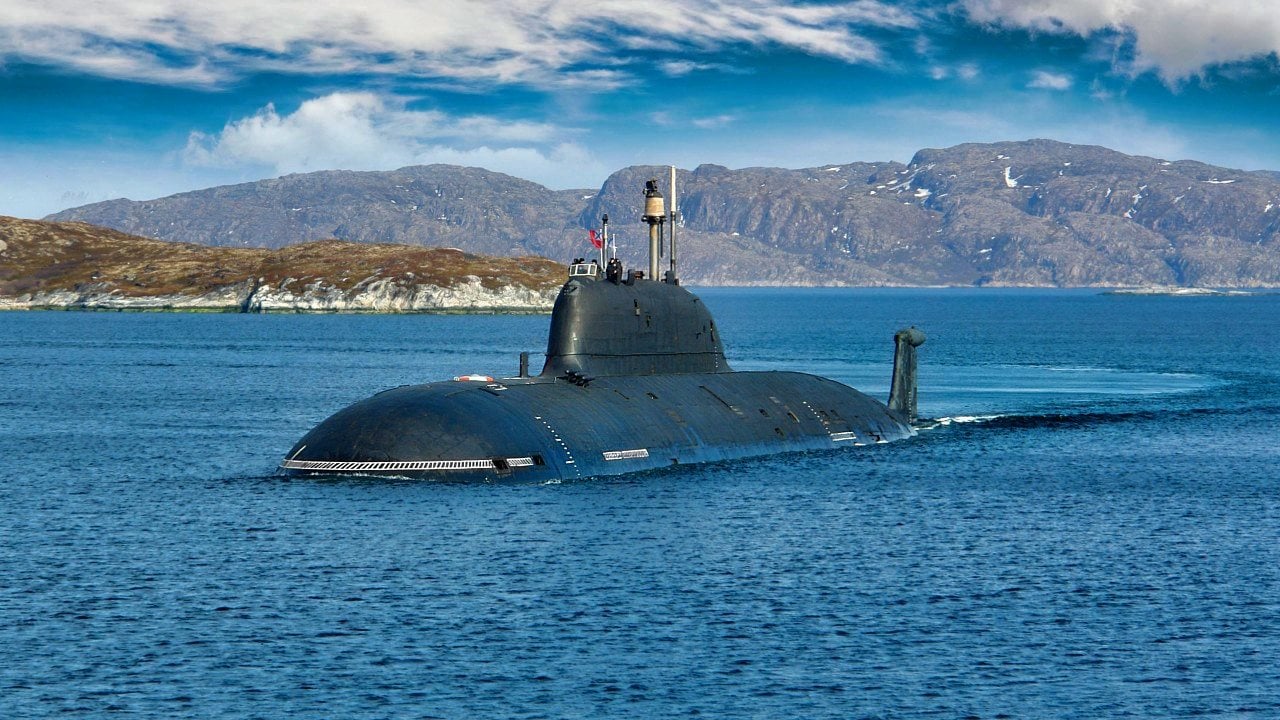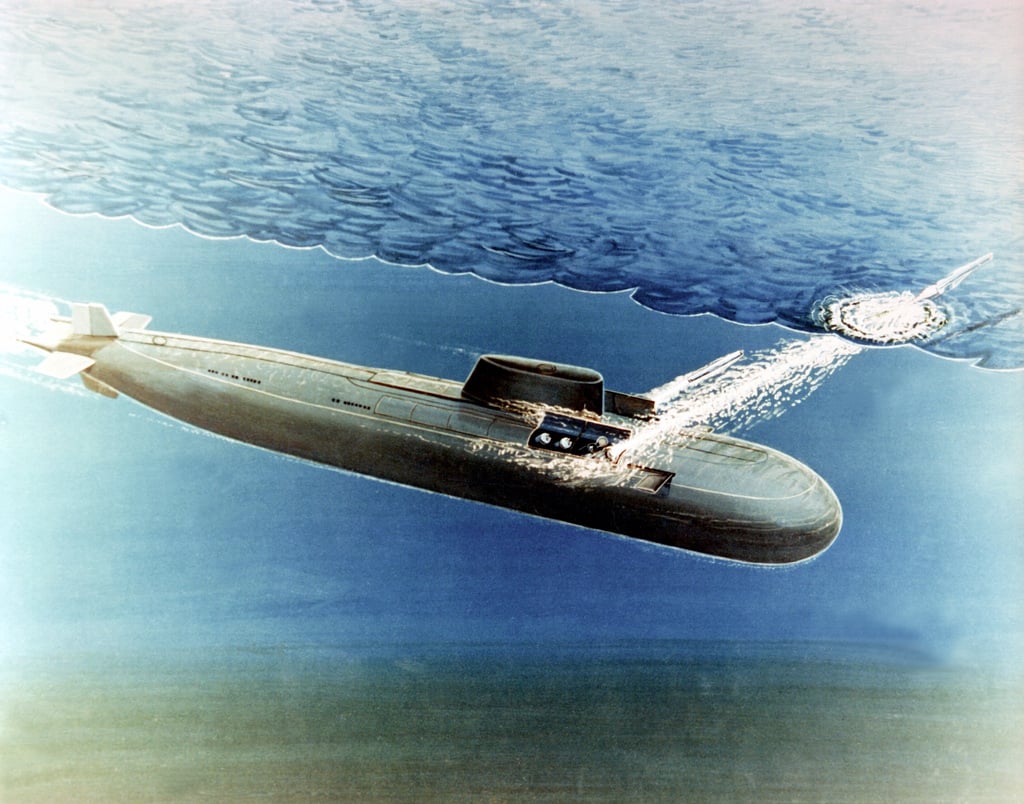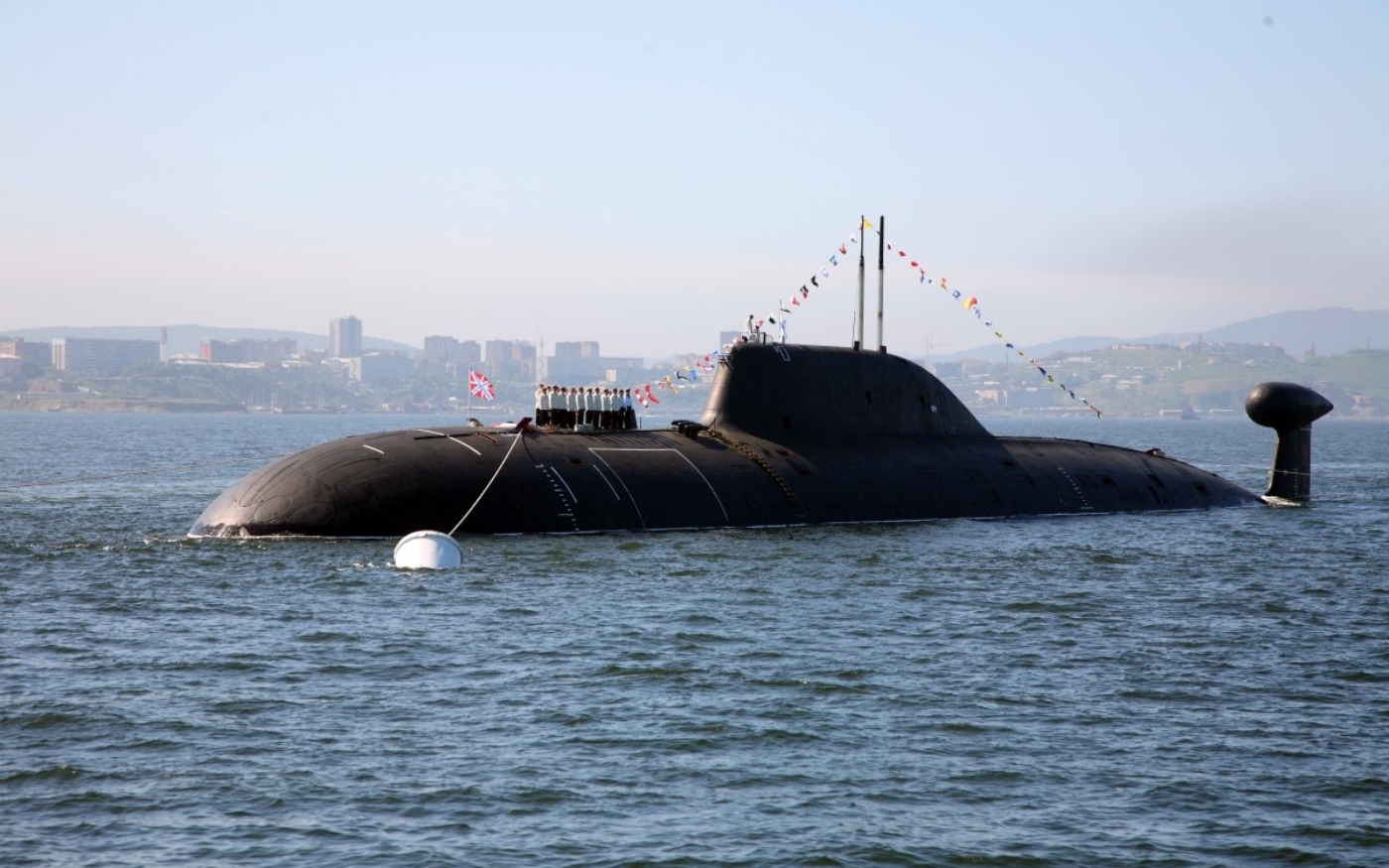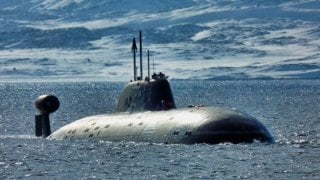‘Sir, We Have An Emergency’: A ‘Heavily Armed’ Russian Submarine Was Massively Damaged
Submarine service is notoriously dangerous, particularly on Russian submersibles. On November 8, 2008, the Akula-II class nuclear attack submarine K-152 Nerpa experienced a tragic accident during sea trials. The accidental activation of its fire extinguishing system released Halon gas, suffocating 20 sailors and shipyard workers and injuring 41 more.
Summary and Key Points: Submarine service is notoriously dangerous, particularly on Russian submersibles. On November 8, 2008, the Akula-II class nuclear attack submarine K-152 Nerpa experienced a tragic accident during sea trials. The accidental activation of its fire extinguishing system released Halon gas, suffocating 20 sailors and shipyard workers and injuring 41 more.

-This incident, the deadliest since the Kursk disaster in 2000, was attributed to a bored crew member's unauthorized action.
-Despite initial acquittals, Captain Dmitry Lavrentyev and engineer Dmitry Grobov faced multiple trials but were eventually found not guilty due to system malfunction evidence. The submarine was later leased to India as INS Chakra but returned early due to reliability issues.
Among the most dangerous civilian jobs in the world include loggers, roofers, and pilots, as the smallest mistake can turn deadly very quickly. In wartime, it is safe to say that there is really no "safe" military job – but even in peacetime, some jobs can still be considerably dangerous.
It takes a special kind of individual to serve on a submarine, and arguably that is magnified when it involves serving on a Russian submersible. Hundreds of Russian submariners have been killed due to accidents, and in one case, an incident even occurred before the boat was actually in service.
On November 8, 2008, 20 sailors and shipyard workers were killed and 41 more injured aboard the Akula-II class nuclear attack submarine K-152 Nerpa when the fire extinguishing system was accidentally activated, which caused mass suffocation.
It was the deadliest submarine mishap since the Kursk disaster in 2000 when 118 people died.

It also reportedly occurred after a bored crew member allegedly played with a fire suppressant system that he thought was not operative. It resulted in the release of Halon gas inside two compartments during the vessel’s sea trails. The Russian Navy blamed the disaster on an "unsanctioned operation" of the fire suppression system, a typical feature on Russian submarines to quickly displace oxygen in an emergency.
As the crewmen onboard the boat received no warning – and many may have even been sleeping at the time – they failed to don their masks in time. In addition, some of the civilians onboard who were there for the sea trials may not have been properly trained in the use of the masks.
All those who died on Nerpa are thought to have suffocated.
Pointing Blame
Captain Dmitry Lavrentyev and engineer Dmitry Grobov were each accused of causing "death by negligence," with Grobov named as the individual who inadvertently set off the fire suppressant system. Both men were acquitted in 2011, but the verdict was later overturned on appeal by the Supreme Court's military board in May 2012 – triggering a second trial.
In April 2013, both Lavrentyev and Grobov were found not guilty of the Nerpa submarine accident, with a unanimous decision from the jury. Numerous defense witnesses suggested the fire extinguishing system malfunctioned. It was a new system that could operate in automatic mode, and the alarm failed to sound when the system was activated.
The Aftermath
Despite the deadly mishap, the submarine was renamed INS Chakra after it was leased by the Indian government for a period of 10 years. In June 2021, it returned to the Russian naval base in Vladivostok slightly ahead of schedule due to an "increasingly unreliable powerplant."

The submarine also suffered damage in October 2017 when it was entering Visakhapatnam harbor, resulting in $20 million worth of damage to its sonar dome in the bow. Clearly, New Delhi felt it better to break the lease than press its luck with the submarine.
Author Experience and Expertise: Peter Suciu
Peter Suciu is a Michigan-based writer. He has contributed to more than four dozen magazines, newspapers, and websites with over 3,200 published pieces over a twenty-year career in journalism. He regularly writes about military hardware, firearms history, cybersecurity, politics, and international affairs. Peter is also a Contributing Writer for Forbes and Clearance Jobs. You can follow him on Twitter: @PeterSuciu.
Image Credit: Creative Commons.


